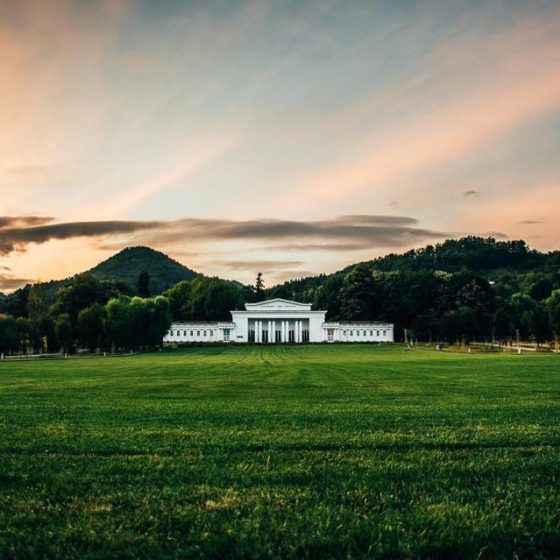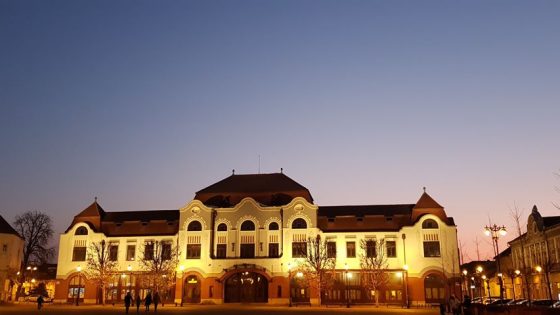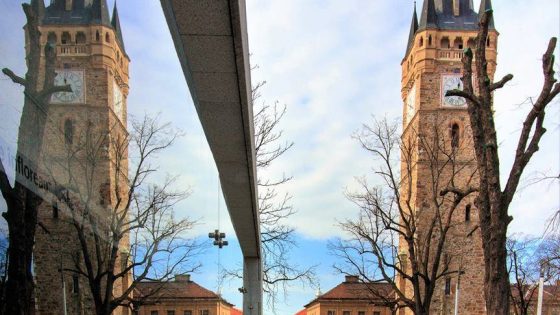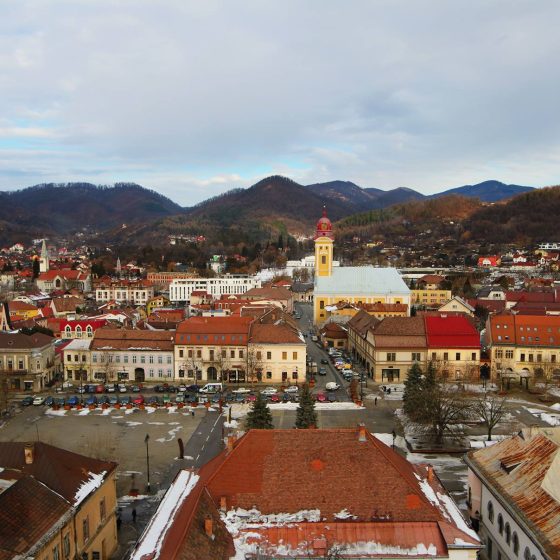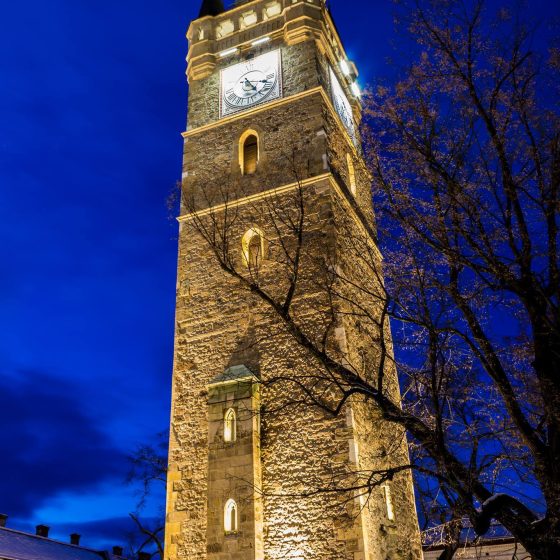
Baia Mare – where rich traditions and warm hospitality meet. Explore the charm of a city that celebrates its past and welcomes its visitors with open arms.
Discover the charm of Baia Mare
Baia Mare is a charming city located in the Maramureș region of Romania. Its history goes back to the Upper Paleolithic era, with evidence of early settlements in the area. Later, during the Bronze Age, the Thracians were known to have inhabited the region, and it was eventually incorporated into the Dacian state by Burebista.
The city was first mentioned in historical documents in 1329 as “Râul Doamnelor” (meaning “River of Ladies”), in an act issued by the chancery of King Charles Robert. Another important historical document is one issued on September 20, 1347 by the chancery of King Louis I the Great of Anjou, which specified the privileges of the locality. The document also described in detail the administrative organization, the selection process for the governing bodies, and their competencies, providing a valuable source for the history of the city.
As a reward for his fight against the Turks, the region of Baia Mare passed into the ownership of Iancu de Hunedoara in 1446. He ordered the construction of the St. Stephen’s Cathedral with the adjacent St. Stephen’s Tower.
In 1469, Matthias Corvinus granted the city the right to surround itself with defensive walls, which led to the construction of the medieval fortress of Baia Mare. However, in 1490, Baia Mare was occupied by the Polish troops of Prince John Albert. From 1526, Baia Mare passed through several changes of ownership, starting with Prince John Zápolya. Also during this period, in 1547, the “Schola Rivulina” was founded under the guidance of the Reformed Church, a school that trained future church officials and administrative staff.
The city was briefly liberated from the Austrians in 1703, when Pintea Viteazul participated with his troops, alongside Francis II Rákóczi, in the liberation of the city.
Baia Mare is also known for its cultural and artistic heritage. The city boasts numerous art galleries, museums, and historic buildings, including the Baia Mare Art Museum, the Mineralogical Museum, and the County Museum of History and Archeology. The city also hosts several festivals and events throughout the year, such as the International Folklore Festival, the International Film Festival, and the Medieval Festival.
In recent years, Baia Mare has become a popular destination for tourists who appreciate its unique blend of history, culture, and natural beauty. The city’s proximity to the breathtaking Maramureș Mountains, as well as its many parks and nature reserves, make it an ideal destination for nature lovers and outdoor enthusiasts.
Overall, Baia Mare is a hidden gem waiting to be discovered. Its rich history, vibrant culture, and stunning scenery make it a must-visit destination for anyone exploring Romania.




